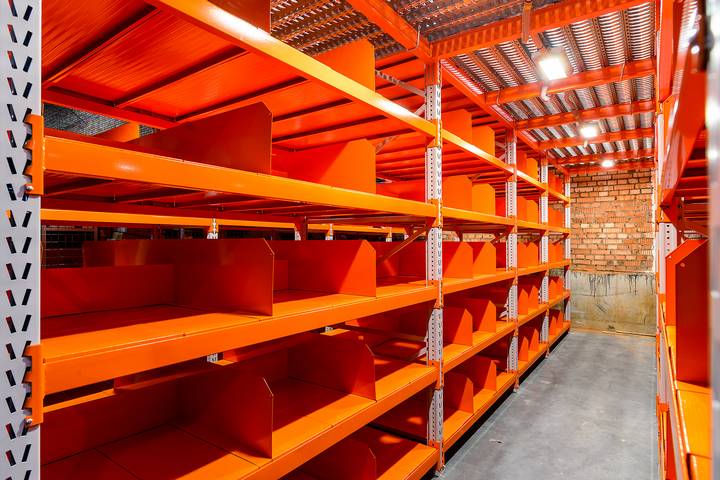7 Different Types of Racks and Their Characteristics
Racks are structures made out of metal that allow for the stacking and storing of material. They provide a stable storage solution that takes advantage of vertical space and organizes products and stock in the commercial, retail and industrial space. If you have ever walked into a warehouse, you’ve seen these functional systems against the walls, filled with items.
Are you looking for a way to store your products but not sure what to use? Let’s go over the types of racks there are.
Type #1: Selective Racks
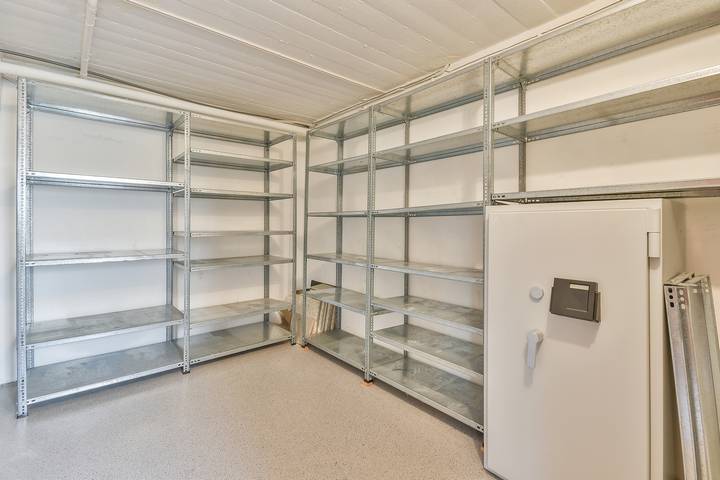
Selective stacking is the most common type of racking system used. There are different variations of premade racks, depending on your need. They allow for a one-unit deep pallet and are stored side by side for easy accessibility with a forklift. You can also configure it for a deep double capacity so two pallets can be loaded back to back.
These pallet racks have two main types:
- Roll Form Racking: These are made with heavy-duty sheet metal and are connected without bolts but use connectors to attach uprights and crossbeams. They can be configured based on your needs, assemble very easily and are for light to mid-weight material.
- Structural Racking: Structural racking is bolted together for extra strength and uses thicker C-channel steel. This system is often used in heavier applications like food manufacturing because it’s durable in freezing environments. It also sets up easily and can be configured to whatever needs are required, but they shouldn’t be built above 40 feet.
Type #2: Drive-In Pallet Racks
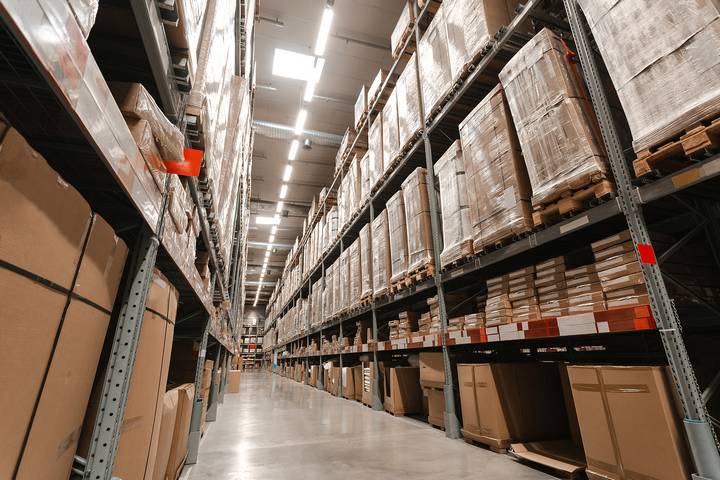
Drive-in racking works well in warehouses that maintain large inventories with high-density similar products. Lanes are formed inside the racks to allow for forklifts to pass through to access pallets at different levels and have a depth capacity of 2 – 10 pallets with a railing system.
You can either load and unload from one side, where it is built against a wall or in an open area where access is from either side. Drive-in racks are bolted to the floor and ceiling or with overhead bracing, improving storage within a small footprint.
Type #3: Pushback Racks
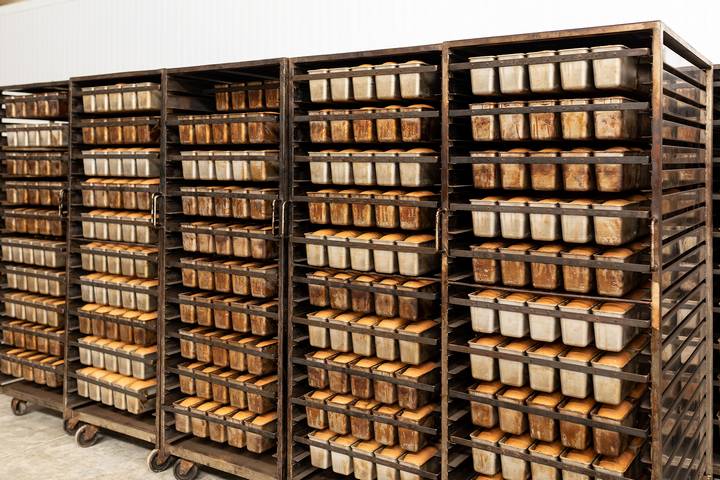
This type of racking uses carts that ride along inclined rails, and pallets are placed on a cart and then pushed with the next load to access another cart. This method is repeated as you load pallets on board, but you must use a first in, last out a scenario with your material.
These types of racks are ideal for high-density storage where you have more than five pallets of the same SKU, as it allows for multiple loads on each level of the racking. It can be challenging to rotate inventory effectively, and forklifts only access the rack from the same aisle instead of driving inside the system. Once you remove a pallet from the rack, the pallet behind slides into its position.
Type #4: Pallet Flow Racks
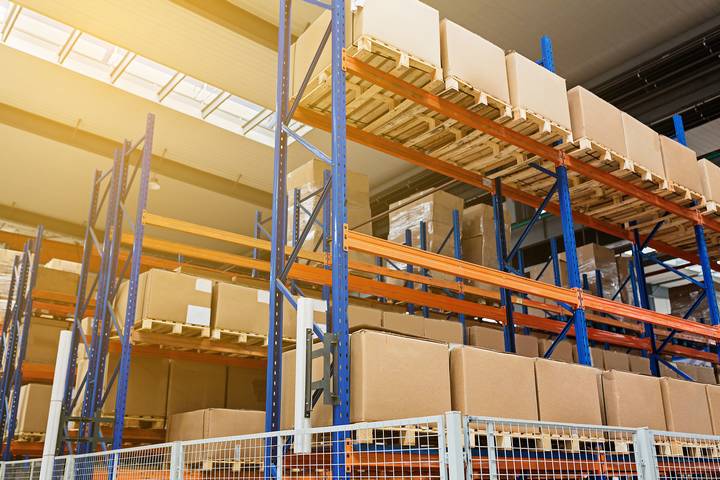
A pallet flow system works similarly to pushback racking with inclined rollers, but the pallets are positioned on the other side where unloading takes place. You can have a first in, first out method of access and inventory control with pallet flow racking so date-sensitive products are easy to rotate.
You don’t build these structures against a wall, so there needs to be enough space for access from both sides. A smaller version of this is the carton flow rack for small-quantity case picking in a warehouse to fulfill orders.
Type #5: Cantilever Racks
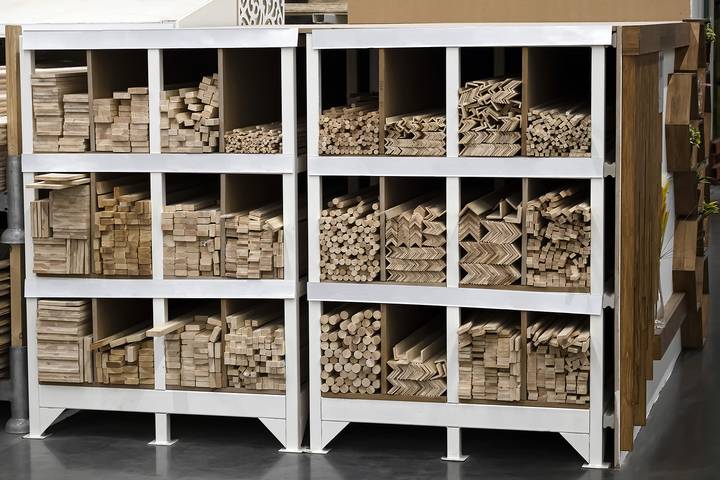
The cantilever racking system is perfect for bulky or long items that need to be stored off the ground. This structure consists of steel posts bolted to a base with brackets to hold material like an arm and work for light to heavy weights. You can get a straight arm to accommodate flat items or inclined arms for pipes and tubing, where they can’t slide off.
Type #6: Mobile Racks
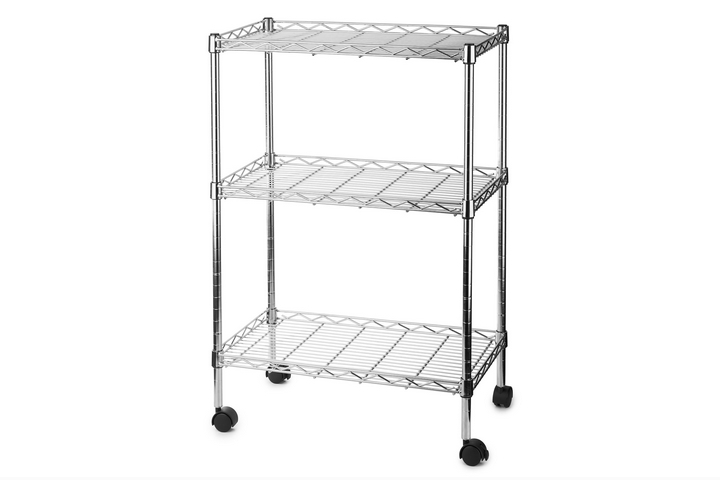
If you have limited space for your racks and need to be able to move them, a mobile sliding rack is best. They are a single deep rack with tracks connected to the floor where sturdy wheels run along to shift position.
Type #7: Custom Double Racks
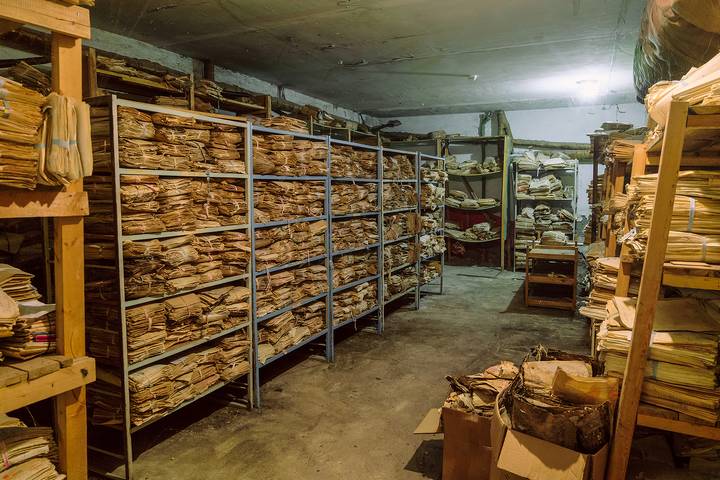
The above racking installations are for large warehousing operations that can fit pallets and other bulky items, but there is racking for small-scale needs too. You can design and build a custom rack for your operation, which is much easier than you think.
These double racks are made of a steel pipe and clamping system where you can tailor it to your space and still have a strong, stable structure. Tubes can be cut to your dimensions, or you can choose a pre-made size and install it yourself. These racks can be free-standing, floor mounted, and wall mounted and are easily expandable to fit your requirements as they grow. It is a professional custom rack that works perfectly for all storage items and will help upgrade and organize your business with a great designer look.
One thing is for sure, and your business needs a racking system to organize your products and supplies. Use this list to decide which type or racks will work best for you, and then enjoy the benefits a great racking system provides.

